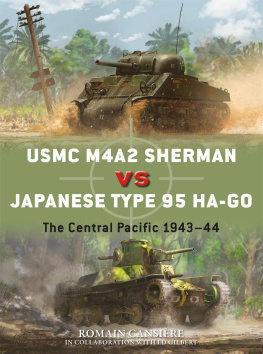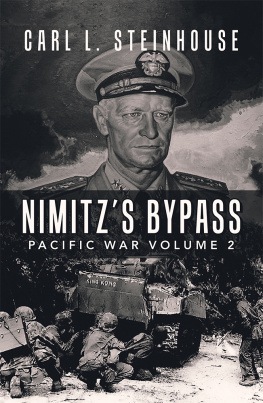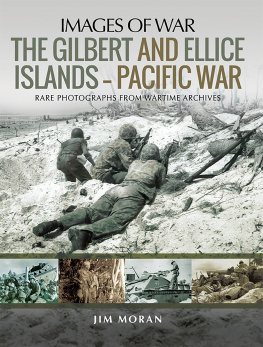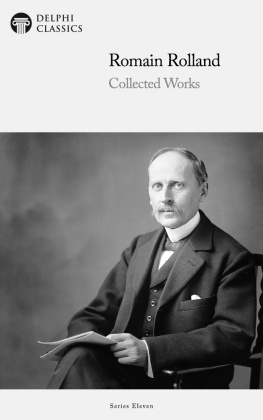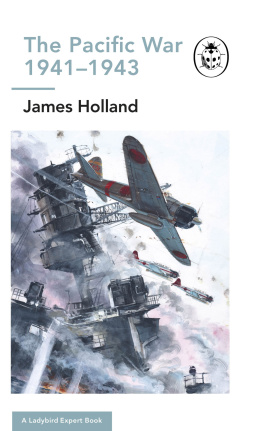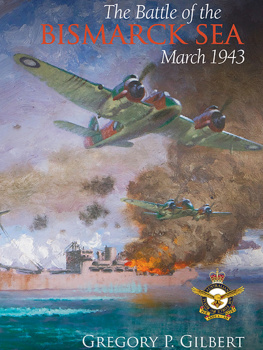CONTENTS

Dedication
To the American and Japanese tankers of the Great Pacific War.
INTRODUCTION
When the Japanese air and naval forces attacked the American fleet at Pearl Harbor on December 7, 1941, Japan had been at war since 1931. Experience gained in the battles fought against China led the Japanese to modernize their weapons. The thriving Japanese war economy allowed for the development of a new light tank: the Type 95 Ha-Go, armed with a 37mm main gun. It made its combat debut in China in 1936. It would become the most produced tank the Japanese built durin g the war.
America was unprepared for war: its army ranked nineteenth in terms of size, behind Portugal. At the end of World War I, the US Army generals decided the US Marine Corps had no part in a future war in Europe. Since then, the Marine Corps had struggled to survive budget and manpower restrictions. In tandem with the US Navy, it began to specialize in amphibious warfare in anticipation of an eventual war in the Pacific agai nst Japan.

The US doctrine of the early war period provided a number of antitank guns and tank destroyers (called self-propelled mountsSPMsby the Marines) within infantry regiments to deal with enemy tanks. Here, a 1st Marine Division M2 SPM is landing at Cape Gloucester in December 1944. (MCHD)
When the war broke out, Navy and Marine Corps staffs were caught out before a tank light enough to be carried ashore in a landing craft had been successfully developed. Unsatisfactory test results of current prototypes and lack of time forced the Marines to fall back on existing Army-designed light tanks. However, the American entry into the war boosted research, and by 1942, the Sherman, a medium tank equipped with a 75mm main gun, rolled off the production lines. In company with the development of the new tank, the US also developed a new landing craft that could carry the new 32-ton Sherman. However, the Marines would have to wait until 1943 before being equipped with the first batch of M4A2s, the diesel version of the Sherman tank. Like the Japanese Ha-Go, the Sherman would become the most-produced American tank o f the war.
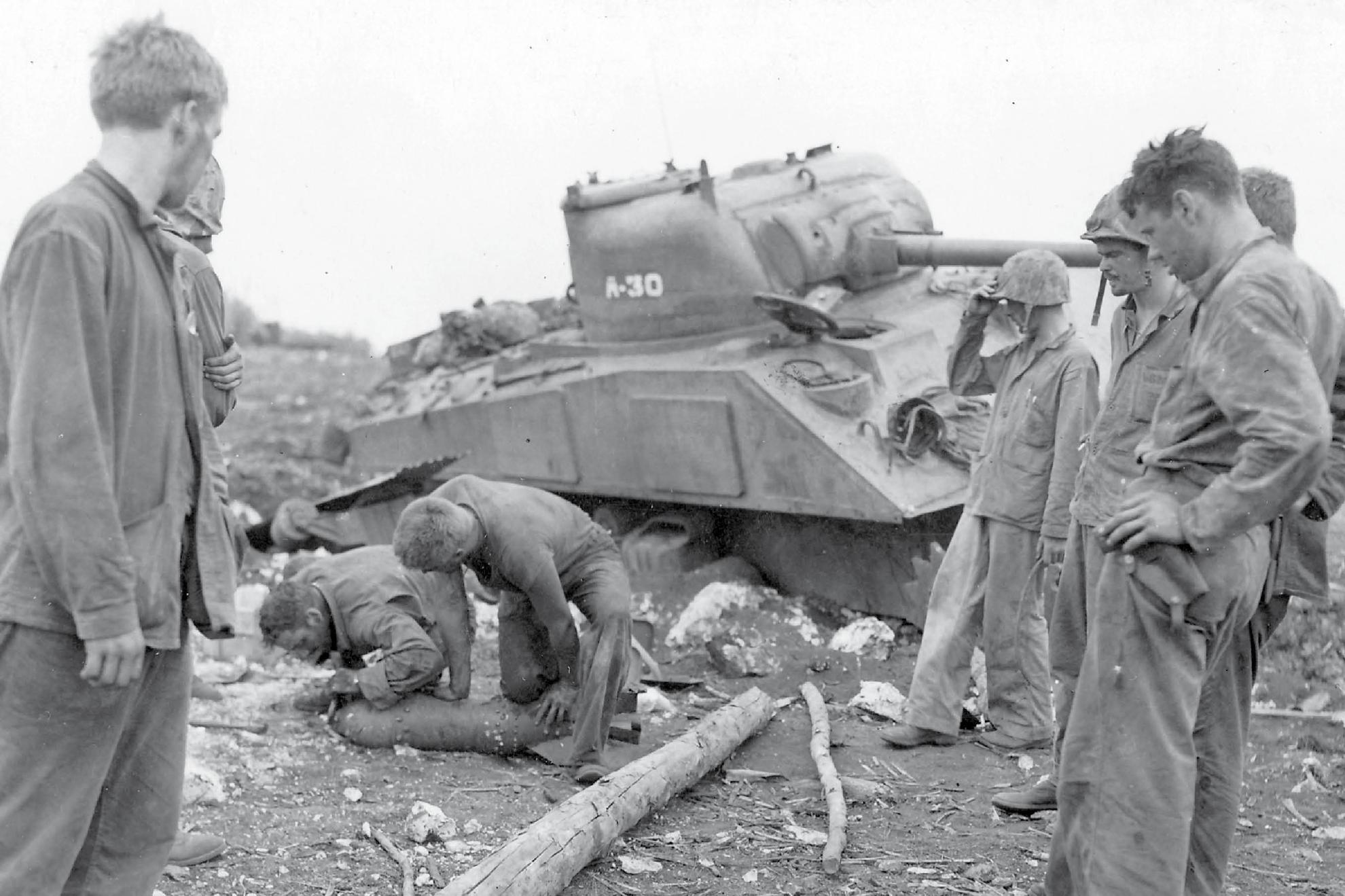
The Japanese relied on suicide teams, mines, and antitank guns to knock out enemy armor. Here on Saipan, a 100Ib bomb has been converted into an improvised explosive device. Fortunately for the crew of A-30 Amapola, only the antitank mine positioned atop the bombused as the detonatorexploded. (NARA)
The war in the Pacific has been extensively documented from the infantry perspective for obvious reasons. The infantry was the spearhead of both the American drive through the Pacific and the Japanese defense. Both sides knew that the small islands captured by the Americans would serve as sea- or airbases for the ultimate operation, an all-out assault on the Japanese homeland.
Both the US Marines and the Japanese used tanks to provide direct infantry support in the field. Given the nature of the conflict in the Central Pacific, American and Japanese tank crews primarily trained to reduce fortifications or counterattack enemy beachheads as opposed to fighting other tanks. Both sides had weapons and doctrines specially designed to defeat en emy tanks.
Japanese antitank doctrine leaned on suicide teams, mines, and antitank guns to destroy enemy tanks. Likewise, the US Marines antitank doctrine was based on infantry-manned weapons such as bazookas, 37mm antitank guns, or tank destroyers (half-tracks mounting a 75mm gun) also known as self-propelled moun ts (SPMs).
However, Japanese and US Marine tanks did face each other in a series of small but brutal skirmishes during the American Central Pacific drive in 1943 and 1944.
This work will describe the duels that occurred between the most commonly used tanks of the Pacific War: the Japanese light tank Type 95 Ha-Go and the Marine Corps medium tank M4A 2 Sherman.
The technical disparity between the Sherman and the Ha-Go left little doubt as to the result of an encounter between these tanks. The outcome of these duels was usually the same: destruction of the Japanese tank. Despite the Shermans great technical superioritysome historians have characterized the M4 as the Tiger of the Pacific (in reference to the famous German heavy tank of World War II)the Japanese tank crews tenacity gave the Marine tankers great d ifficulty.
CHRONOLOGY
1931
September 18
Invasion of Manchuria by Japanese forces.

